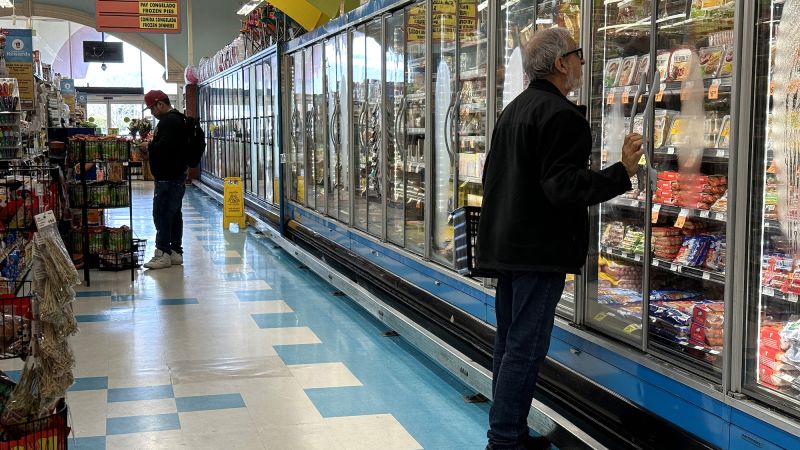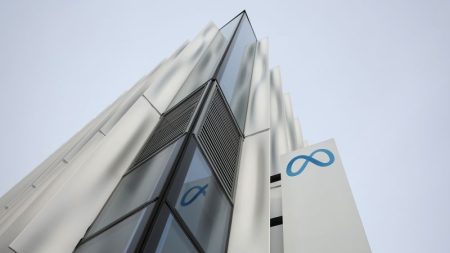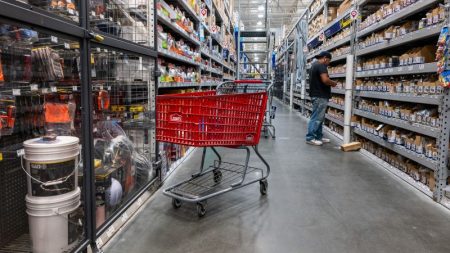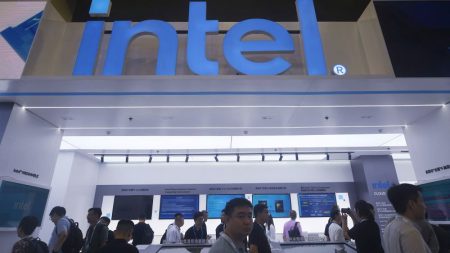The US economy experienced a slowdown in the first quarter of the year, with gross domestic product (GDP) growing at an annualized rate of 1.6%. This was below economists’ projections and marked the weakest pace of growth since the second quarter of 2022. Factors contributing to the slowdown included a sharp increase in imports, a decrease in inventory investment in the private sector, and a slowdown in government spending. However, consumer spending remained strong and fueled growth in the first quarter.
Despite the weaker-than-expected GDP reading, the economy remains healthy, with employers continuing to hire at a solid clip and workers experiencing robust wage gains. While economists and Fed policymakers expect momentum to slow further in the coming months, a recession this year is not anticipated. The high interest-rate environment and inflation pressures are causing consumers to be more selective with their purchases, but as long as the job market remains solid, people are likely to continue spending.
The Federal Reserve is closely monitoring inflation levels, which have stalled in recent months. While the Fed is not planning to cut interest rates immediately, they may consider doing so if inflation does not move towards their 2% target. Federal Reserve officials are expected to discuss their interest rate decision at their next meeting. The latest GDP reading has led to speculation that rate cuts could begin sooner than expected, with some analysts suggesting that July could be a possible timing for rate easing.
Consumer spending remained resilient in the first quarter, despite a slowdown to a 2.5% rate. Household outlays were a significant driver of growth from January through March, indicating that Americans are continuing to spend. Visa, the world’s largest payment processor, reported strong earnings results thanks to robust consumer spending across all segments. However, concerns have been raised about rising credit card debt levels and delinquencies, which could be indicators of potential economic weakness in the future.
Overall, the US economy appears to be stable, with consumer spending supporting growth and the job market remaining strong. While the first-quarter GDP figures were lower than expected, the economy is not currently showing signs of recession. The Federal Reserve is closely monitoring inflation levels and may consider cutting interest rates if necessary. Despite some signs of stress in the economy, such as rising credit card debt levels, overall consumer spending remains resilient and is expected to continue supporting economic growth in the near future.















